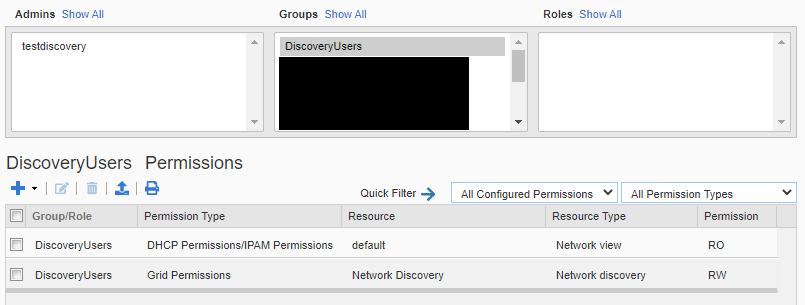

Well, the short answer to the question is yes. If I Surf Through Someone’s Wi-Fi, Can the Admin see My History? Conclusion – Can WiFi Owners Check What Sites I Visit?.Does Incognito Mode Prevent WiFi Admin from Monitoring Your Browsing History?.Why is it Necessary to Hide Browsing History?.Can a WiFi Provider have Access to your History When you Connect with Your Phone?.Wi-Fi History View: What Exactly Gets Exposed?.If I Surf Through Someone’s Wi-Fi, Can the Admin see My History?.Holds an array of joins to other entities. The placeholder must be inserted where the filter conditions should be added. True when the parent/child relationships should be traversed using the hierarchical operators. True when the graph should show connections for this entity (connections must be supported by this entity) True when the graph should show activities for this entity The logical name of the parent Record ID when hierarchical loading is enabled.

The logical name of the attribute that holds the unique ID of the record The logical name of the attribute that holds the display name of the record. To add your custom configuration you simply need to edit this web resource and publish the changes. The graph is now configured using a customisable web-resource named: dev1_/js/NetworkViewConfig_1033.js When you first load the Network view, the users and connection are cycled through so that the various cohorts on your graph are highlighted for your viewing pleasure! This can be turned off by clicking the cycle button and the configuration controls if it is on by default. You can now see which record you started the graph from highlighted in green.


In addition to showing users who own records and participate on activities the graph now shows Teams in same list and allows highlighting records that are associated with that team. The most frequent cause of graph growth is where there are connections that are also users – for this reason, the graph will supress connections that have the same email domain as any of your users. Network graphs can often grow to a large size if you have many connections, the graph will now pause loading after a set number of iterations and ask if you want to load more. Under the covers, all that activities that match the FetchXml filter are loaded and the links worked out but the links are shown to and from the 'overflow' node rather than the individual activities until you expand the node. Since most of the time folks are only interested in the links between records via activities rather than the actual activities themselves, the graph now loads the first 10 records and then shows an overflow node that you can double click to load the next 5 activities. Loading connections may be turned on or off on a per-entity basis in the configuration. Partner, Influencer etc.) are listed so that you can then highlight all the connections of a particular role on the graph by selecting the role. You can now show connections between entities! The connection roles that are discovered (e.g. With version 1.6 I've addressed these points as follows: Showing Connections


 0 kommentar(er)
0 kommentar(er)
